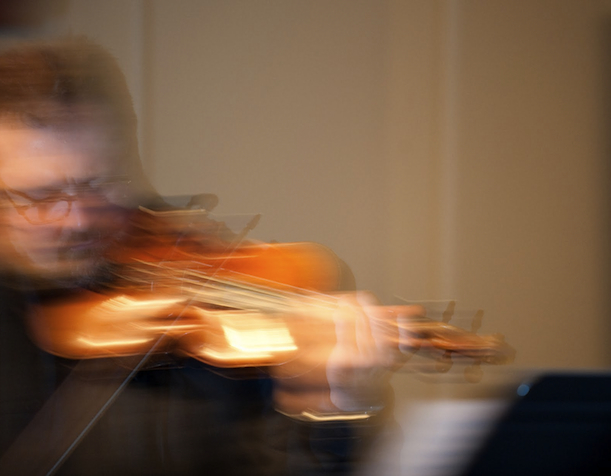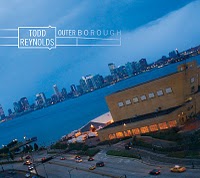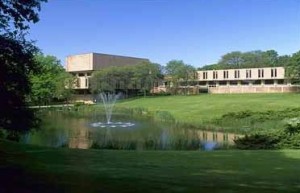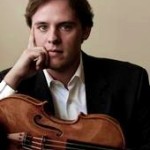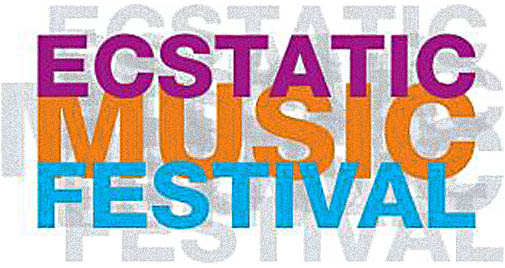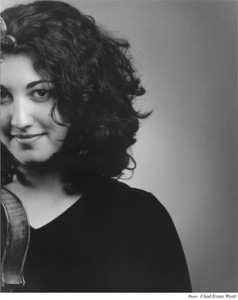
This week I’m going to be covering the Tune-In Festival at the Park Avenue Armory for Musical America. Earlier this month, the Armory made the news for another high profile arts endeavor. It was announced as the site for the New York Philharmonic’s performance of Karlheinz Stockhausen’s Gruppen during the 2011-’12 season. Just as the venue’s large Drill Hall is ideal for a work such Gruppen – a spatial music extravaganza for three orchestras – it’s also ideal for a number of works on the Tune-In Festival that are conceived for unconventional venues.
Tonight is the premiere of Arco, a symphonic collaboration between Paul Haas, Paul Fowler, and Bora Yoon. Performed by Sympho, New York Polyphony, laptop performers, and baritone Charles Perry Sprawls, it brings together snippets of early music, quotations from Beethoven symphonies, original contemporary classical/electronica sections, and even Arvo Pärt’s Cantus in Memory of Benjamin Britten! This ambitious accumulation of sonic events sounds to me like something that could be very cool or a chaotic mash-up, but I’m eager to hear what they’ve created!
Festival Schedule
ARCO
Wednesday February 16 at 7:30pm
Tickets: $25
The world premiere of ARCO, the Armory-commissioned orchestral work co-composed by Paul Haas, Paul Fowler and Bora Yoon and performed by Sympho.
POWERFUL
Thursday, February 17 at 7:30pm
Tickets: $30
powerFUL confronts listeners with edgy politically-charged music performed by eighth blackbird, red fish blue fish, Newspeak, and guest artists.
POWERLESS
Friday, February 18 at 7:30pm
Tickets: $30
powerLESS celebrates the rich and multifaceted world of “absolute music” that seeks no meaning beyond its notes. Performed by eighth blackbird, Argento Chamber Ensemble, Steve Schick, and guest artists.
INUKSUIT
Sunday, February 20 at 4:00pm
Tickets: $30
The New York—and indoor—premiere of John Luther Adams’ Inuksuit, which features more than 70 percussionists moving throughout the Armory’s expansive drill hall during the performance.


